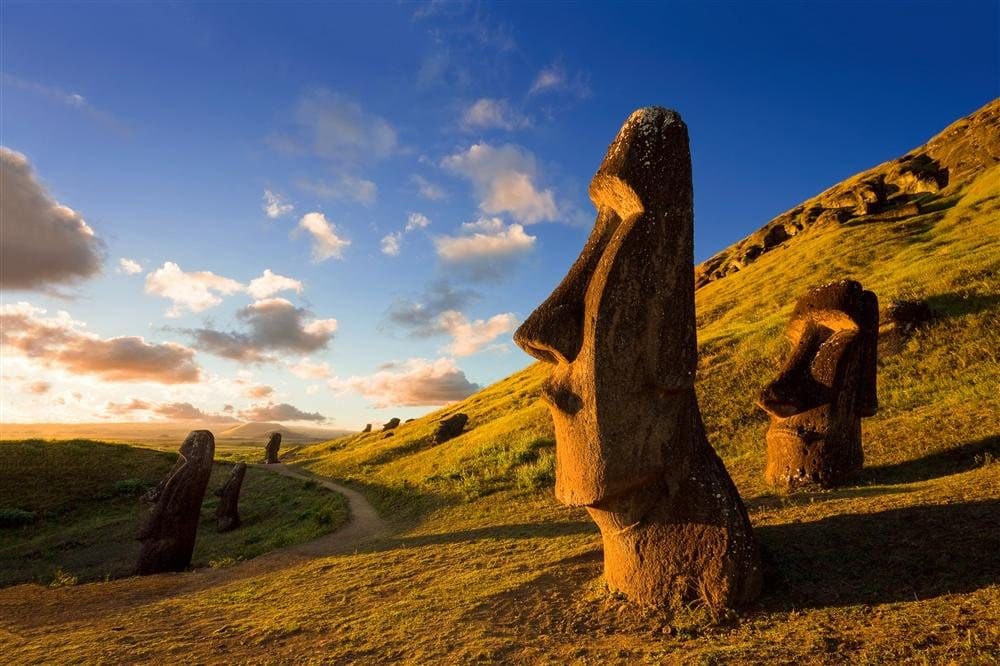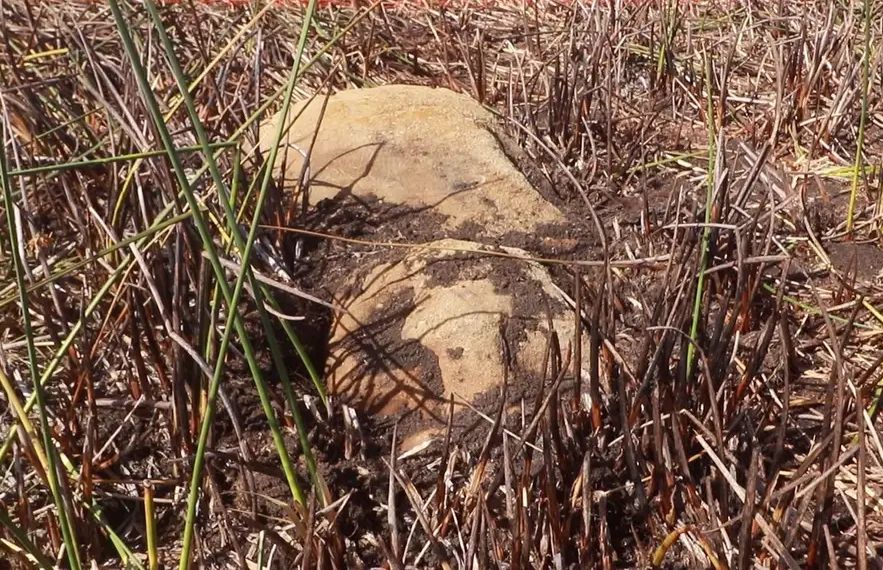
Easter Island (although there are many names) is located in the Pacific Ocean and belongs to the territory of Chile. The island got its name because a Dutch voyager discovered it on Easter Sunday. But the uniqueness of the island is, of course, in something else. The island is known to the world for the Rapa Nui National Park (UNESCO World Heritage), in which there are stone statues or moai, from 5 to 20 meters high, which have the shape of a human head. There are more than a thousand stone buildings. The statues were made by the Polynesian people of Rapa Nui between 1250 and 1500 from volcanic rock.

Moai. Photo: Comunidad Ma'u Henua

A statue found on Easter Island. Photo: Comunidad Ma'u Henua
"The interesting thing is that for at least the last 200 or 300 years, the lagoon was three meters deep, meaning no human could have left moai there during that time."
Researchers believe in the high probability of new discoveries. And at this time they are collecting funds for further research.
The information is presented by the May Henua Indigenous Community, which is jointly with the National as a forestry corporation fulfills its obligations: to manage, preserve and constantly protect its biodiversity and natural, landscape, cultural and heritage resources.
